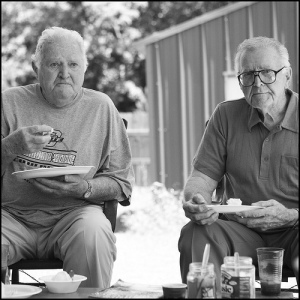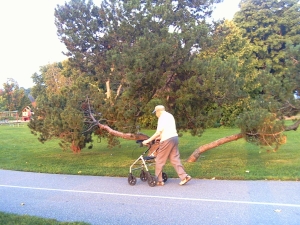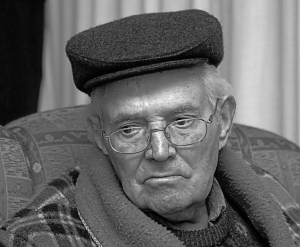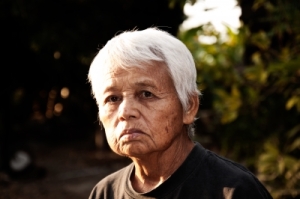Does race play a role in evaluating a loved one’s risk of nursing home abuse? According to a recent article from New America Media, Latino/a seniors may be at greater risk of elder abuse once they enter a nursing home or assisted-living facility due to cultural differences and discrimination.

The Pew Research Hispanic Center Project emphasizes that Latinos are “the nation’s largest minority group and among its fastest growing populations.” To be sure, the Latino population made up 17 percent of the U.S. population in 2012, and it “accounted for more than half of the nation’s population growth” between 2000 and 2010. Given that California has a particularly high Latino/a population (with Los Angeles featuring the largest Hispanic population in any U.S. metropolitan area), it’s important to consider the ways in which nursing home abuse and neglect might distinctly affect these older adults.
 Southern California Nursing Home Abuse Lawyer Blog
Southern California Nursing Home Abuse Lawyer Blog





 Aimed at Preventing Falls
Aimed at Preventing Falls Aggressive Encounters with Fellow Residents
Aggressive Encounters with Fellow Residents Elder Abuse Prevention Grants to the City of Los Angeles
Elder Abuse Prevention Grants to the City of Los Angeles

 According to the news story, the new rating system will be the first of its kind in California. The ratings will be based on several different factors, and the Board of Supervisors hopes that the system will allow families to make informed decisions about the care of their elderly loved ones. The system is still in its early stages, but the Board of Supervisors unanimously approved its creation, emphasizing the need to protect older adults from physical, emotional, and sexual abuse in Southern California facilities.
According to the news story, the new rating system will be the first of its kind in California. The ratings will be based on several different factors, and the Board of Supervisors hopes that the system will allow families to make informed decisions about the care of their elderly loved ones. The system is still in its early stages, but the Board of Supervisors unanimously approved its creation, emphasizing the need to protect older adults from physical, emotional, and sexual abuse in Southern California facilities.





